On the morning of August 11, Moscow time, the Russian Federal Space Agency Roscosmos successfully launched the Luna-25 spacecraft, opening a new phase for Moscow's lunar exploration program. This is also Russia's first lunar mission in 47 years since 1976.
Luna-25 is expected to land on the south pole of the Moon on August 21. This spacecraft will study areas that humans have never reached before.
Russia successfully launched a spacecraft to conquer the Moon after nearly 50 years. (Source: Roscomos)
Special design of Luna-25
In an interview with RT about the development of Luna-25, Kirill Zhivikhin, chief designer of the lunar program at the NPO Lavochkin design bureau, said that compared to the old Luna spacecraft models built by the Soviet Union, Luna-25 (Luna-Glob) is designed to be more compact and lighter.
The Luna-25 weighs about 1.8 tons, equivalent to a medium-sized car. Meanwhile, this spacecraft is still integrated with the most advanced manufacturing technologies and materials. Compare Luna-25 with Luna-24, the older generation spacecraft weighs three times as much, about 5.8 tons. Besides, they also need larger rockets to launch into orbit.
The next difference of Luna-25 is that it uses a special cooling system instead of the old forced circulation cooling system. This significantly reduces the weight of the spacecraft. Roscosmos has applied this technology on some satellites before, but this is the first time it has been used on a spacecraft.
In terms of overall design, Luna-25 is made up of three parts including the equipment module, the propulsion system and the landing system. The equipment module is the main part of the spacecraft serving research and exploration activities, in addition to the power system.
Right on the equipment module is a satellite antenna complex, allowing a ground station on Earth to control the spacecraft and Luna-25 to transmit data back home.
According to Mr. Zhivikhin, Luna-25's operations on the Moon are completely automatic, so the spacecraft's work program is pre-programmed and processed by a special computer.
This computer system is considered the “brain” of Luna-25, it processes all the data collected by the devices and receives new commands from Earth. In space, the device is also oriented by star and sun sensors.
Additionally, a gyroscope was developed specifically for the Luna-25 mission.
Like many other spacecraft, Luna-25 is also equipped with a solar battery system in addition to the available battery storage system.
Typically, a spacecraft's power batteries are placed on the sides of the fuselage just below the wings.
To ensure the operation of the devices in the cold moonless night conditions, Luna-25 will activate the radiation thermoelectric generator system installed on the device. At night, they provide the heat to maintain the operation of the devices.
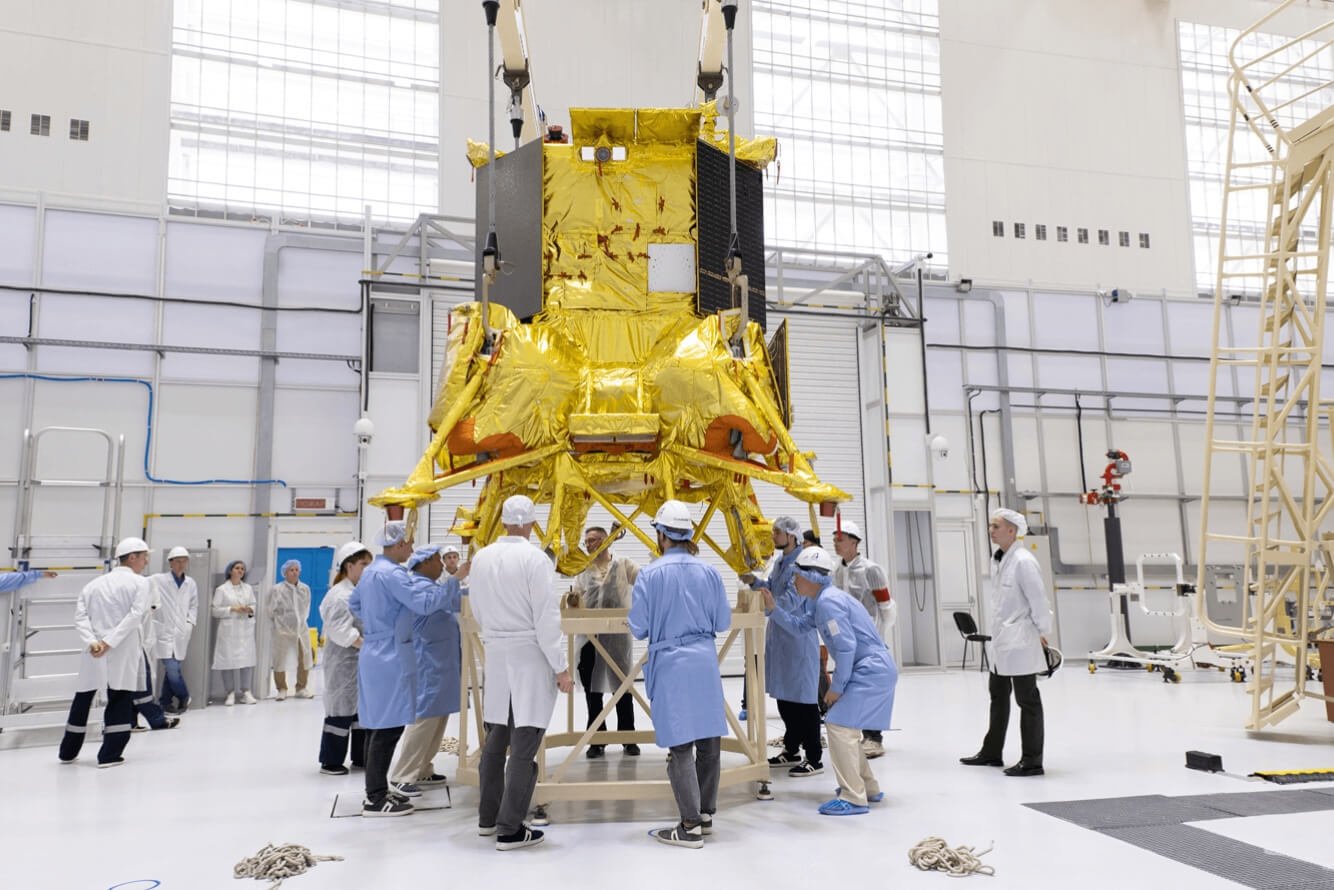
Luna-25 has a more compact design than previous Russian spacecraft but is equipped with more technology. (Photo: TASS)
Landing on the Moon
Nine minutes after launch from the Vostochny cosmodrome, Luna-25 separated from the rocket's third stage. It fired its main engine twice and put the vehicle into orbit for a trip to the Moon.
In the second stage, after separating from the booster stage, the Luna-25 spacecraft will fly to Earth's natural satellite, this stage takes about five days.
With the station's speed slowed down and the help of the engine system, phase 3 will begin - a three-day flight around the Moon in a circular orbit near the poles at an altitude of 100 km.
In the fourth stage, Luna-25 will move to an elliptical landing orbit with a minimum altitude of 18 km. Finally, after completing the planned maneuvers, the station will make a soft landing on the south pole of the Moon. The landing is expected to take place on August 21.
Luna-25’s estimated lifetime is one Earth year. Its mission is to perfect soft-landing technology, collect and analyze soil samples, and conduct long-term scientific research, including studies of the lunar south polar regolith and the lunar outer atmosphere.
Luna-25 will become the first lunar spacecraft in history to soft-land near the polar region where the terrain is difficult. All previous spacecraft that flew to the Moon landed in the equatorial region.
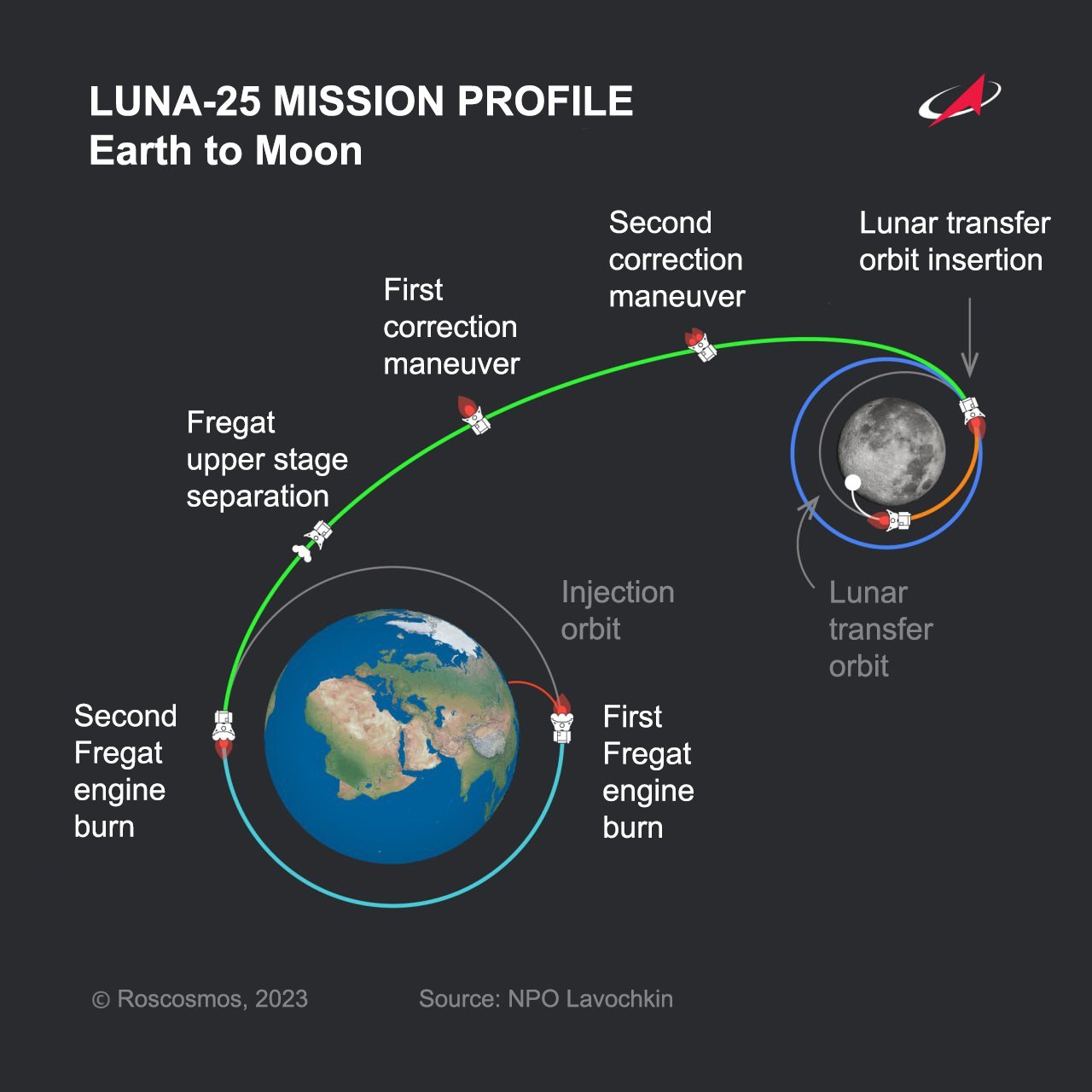
Diagram of Luna-25's launch and landing at the lunar south pole. (Graphic: Roscosmos)
The Luna-25 mission opens a new chapter in the study of Earth's natural satellite. It also allows Roscosmos to develop new technologies for landing on the Moon's surface. In addition, landings will be carried out in previously inaccessible areas.
Luna-25 is also a way for Roscosmos to showcase the latest technologies in radio electronics and automation, which could be used on more complex devices later.
However, Roscosmos' vision for the lunar exploration program does not stop with Luna-25. The agency is planning to develop Luna-26, Luna-27 and Luna-28 for subsequent lunar missions.
In the development plan Luna-28 - this will be a spacecraft capable of returning to Earth after collecting samples from the Moon.
Source




![[Photo] The 18th Hanoi Party Congress held a preparatory session.](https://vphoto.vietnam.vn/thumb/1200x675/vietnam/resource/IMAGE/2025/10/15/1760521600666_ndo_br_img-0801-jpg.webp)
![[Photo] Many dykes in Bac Ninh were eroded after the circulation of storm No. 11](https://vphoto.vietnam.vn/thumb/1200x675/vietnam/resource/IMAGE/2025/10/15/1760537802647_1-7384-jpg.webp)

![[Photo] Conference of the Government Party Committee Standing Committee and the National Assembly Party Committee Standing Committee on the 10th Session, 15th National Assembly](https://vphoto.vietnam.vn/thumb/1200x675/vietnam/resource/IMAGE/2025/10/15/1760543205375_dsc-7128-jpg.webp)


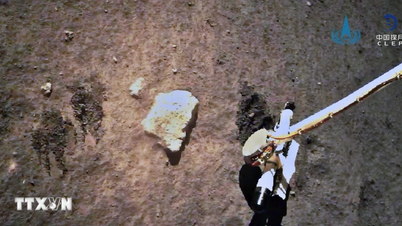

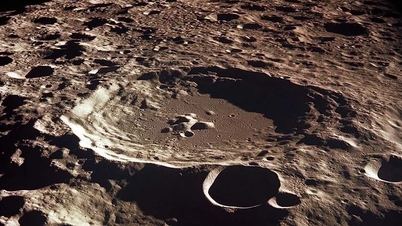

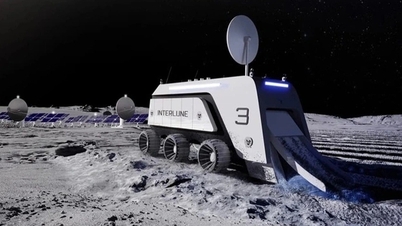
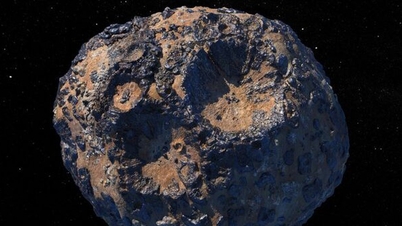

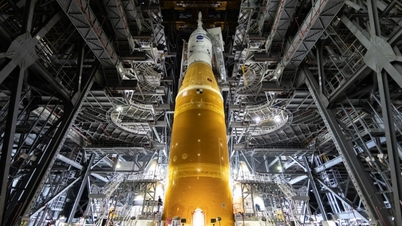





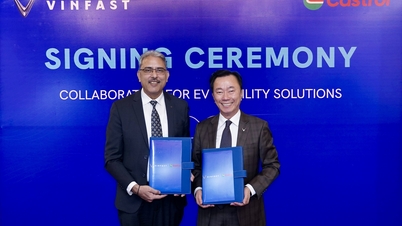








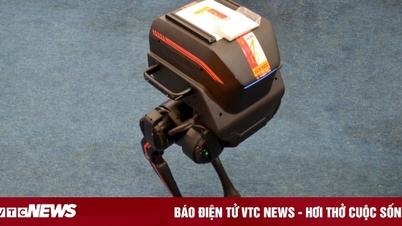




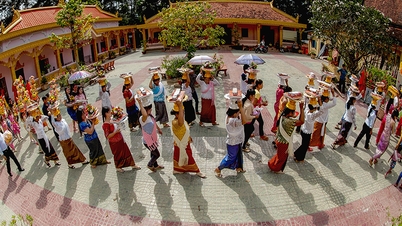

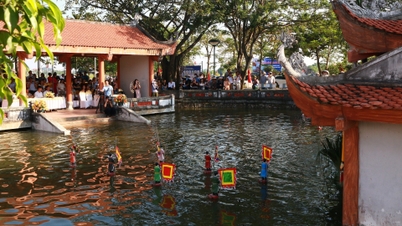



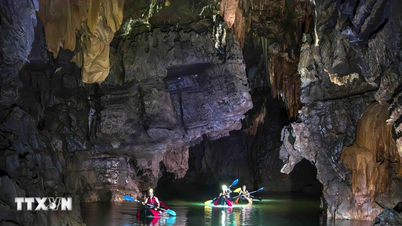
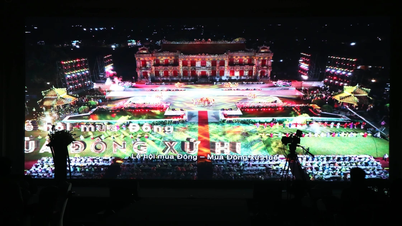
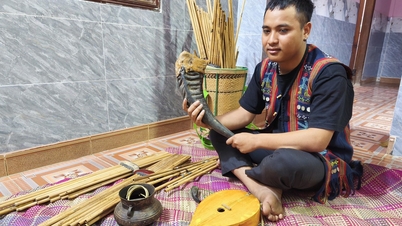

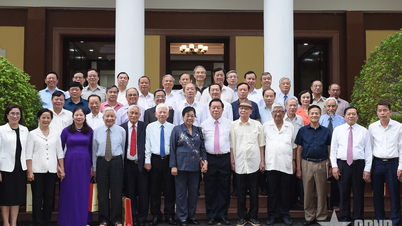

















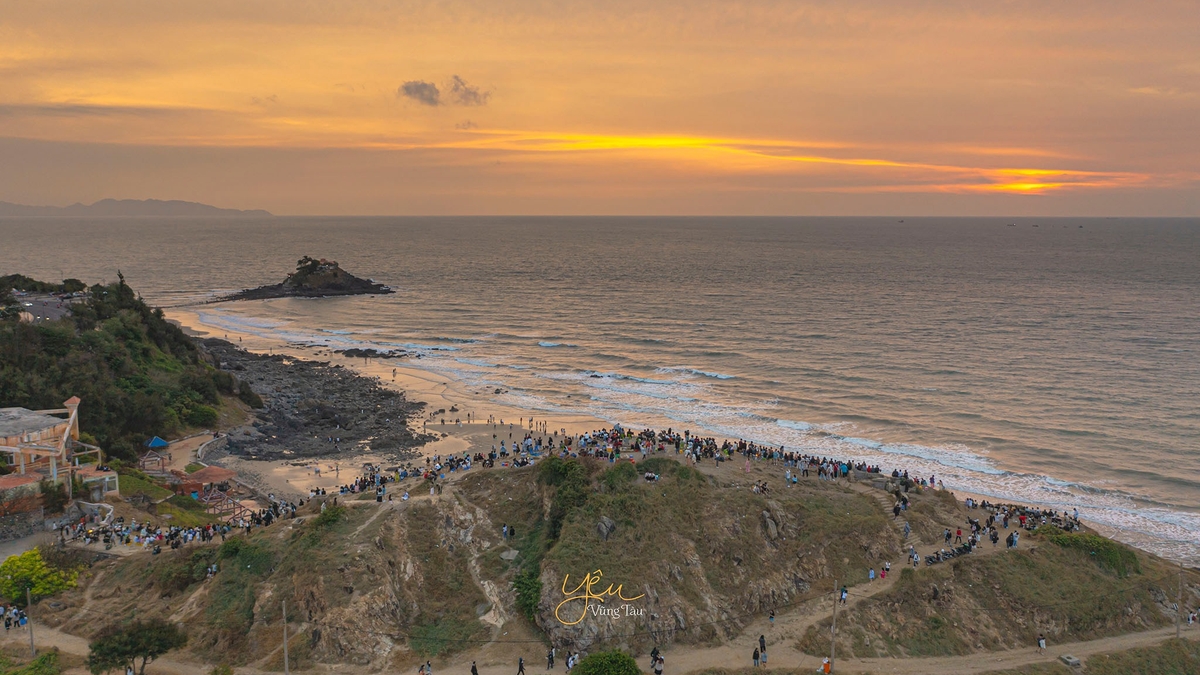
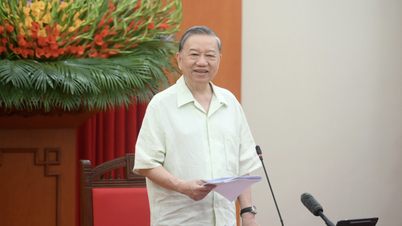
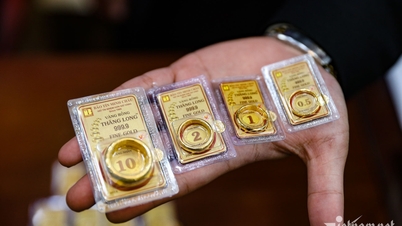

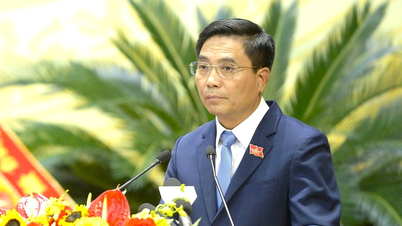
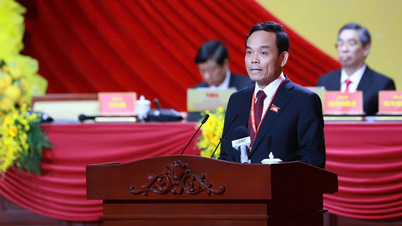
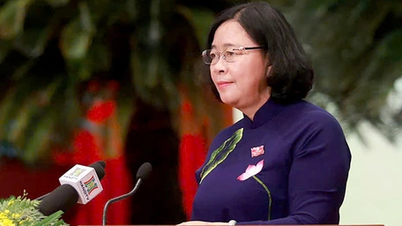

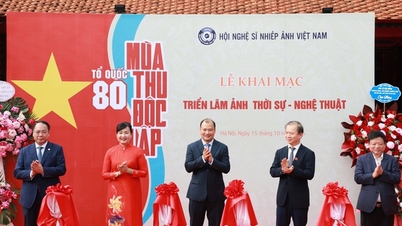







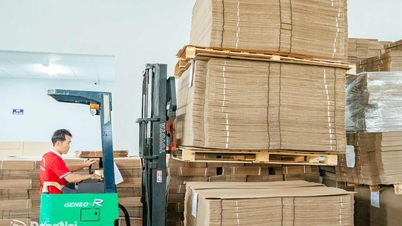

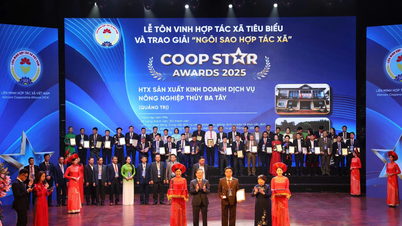





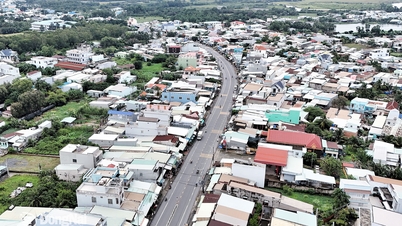




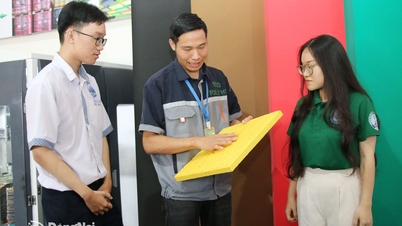


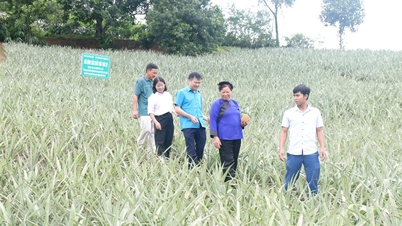







Comment (0)